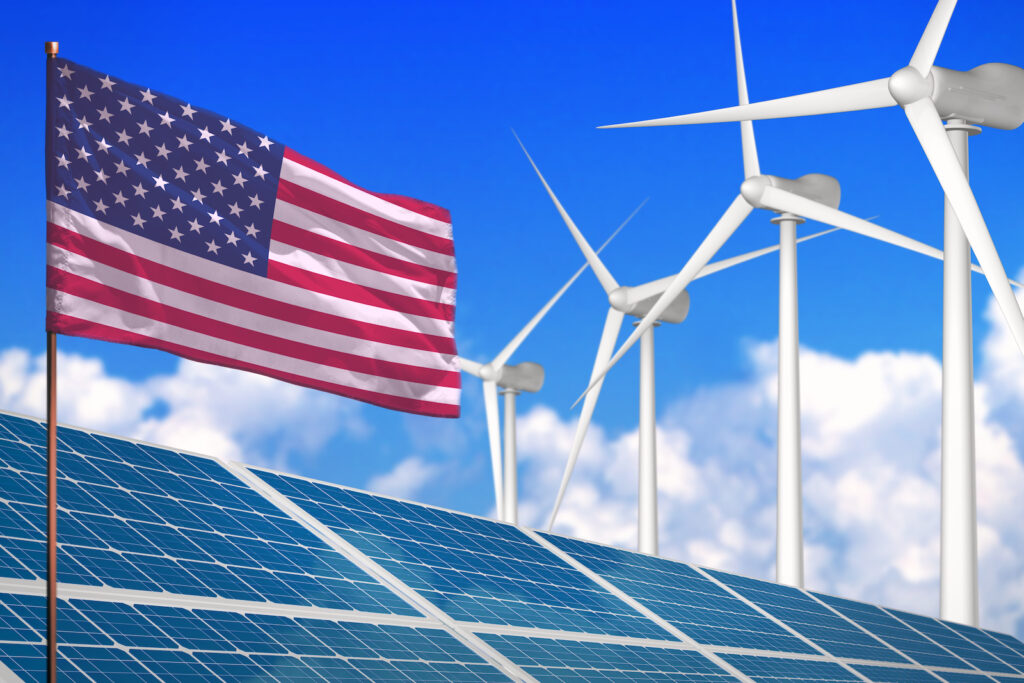Last week, President Biden signed the new Inflation Reduction Act (IRA) into law, which will drive over $430 billion toward clean energy and sustainability solutions, with a specific focus on buildings. While the total amount is a step down from the $550 billion suggested in the 2021 Build Back Better proposal, the emphasis on buildings in addition to strong support of traditional renewable energy gives hope to the environmental community and begins to restore the US role as a global environmental leader.
The key points impacting the smart buildings market include an expansion of the 179D Energy-Efficient Commercial Building Deduction, which will increase tax deductions more than 2.5 times for owners pursuing green projects, increasing from $1.88 per square foot to $5 per square foot. Federal tax credits for on-site carbon capture projects have also increased, from $20 per metric ton of carbon dioxide to $60 per ton — this opens up the market by dropping the minimum threshold for claiming the credit from 25,000 metric tons to 12,500.
The IRA increases Investment Tax Credits (ITCs) for clean energy generation and storage, in addition to $30 billion for targeted loan programs for states and electric utilities to accelerate clean initiatives. A further $27 billion has been set aside to accelerate and support deployment of clean energy technology, and over $9 billion allocated to the Federal procurement of clean technology. The plan extends solar ITCs to offset 30% of panel cost and also provides $10 billion ITCs to build clean energy manufacturing facilities, as well as $30 billion in production tax credits to accelerate supply of both building and utility-scale renewable energy generation.
The act goes further, however, hitting some much more specific issues holding back green development in the buildings market. The act brings in new rules that allow Real Estate Investment Trusts (REITs) to apply energy-related deductions for calculating earnings, in doing so the administration can drive more private investment along the environmental path. The IRA also allocates over $500 million in the Defense Production Act for heat pumps and offers significant tax deductions for almost any green building energy retrofits.
“Overall, the new law is a major win for clean energy, with significant legislation impacting solar and wind generation. New, extended, and expanded tax credits for energy-related projects and retrofits change the math of decarbonization for building owners and operators. While the biggest winners are wind, solar and renewable utilities, the bill has plenty to help the real estate sector, especially when it comes to financing green projects,” reads an article by Prescriptive Data. “The Climate Smart Buildings Initiative (CBSI) is also on the radar of building owners and operators. By leading the way toward building decarbonization, the Federal government hopes to set an example for owners in the private commercial real estate sector to follow.”

CSBI is a joint effort by the Department of Energy’s (DOE) Federal Energy Management Program, General Services Administration’s (GSA) National Deep Energy Retrofit Program, the US Army Corps of Engineers’ Huntsville Center, and other agencies. They are responsible for establishing agency emission reduction targets delivered through performance contracting. The Administration will provide sustained leadership between today and 2030 to support Federal agencies to set, track, and deliver on targets for cutting building emissions. While the White House Council on Environmental Quality, DOE, and GSA will coordinate a government-wide effort to increase collaboration across government and with the private sector.
“The CBSI is an integral part of the President’s Federal Sustainability Plan, which aims to reduce emissions from Federal buildings by 50 percent by 2032 and achieve net-zero emissions by 2045,” reads a Whitehouse Factsheet. “The initiative advances Administration efforts to grow our clean energy industry by developing the next generation of products and materials for a net-zero economy. These modernization efforts include actions such as increasing on-site clean electricity generation, adding the latest clean energy technology, such as heat pumps, installing efficient lighting and insulation, and installing and integrating electric vehicle supply equipment.”
The initiative has already earmarked $3.375 billion to the GSA to acquire and install low-embodied carbon materials and products for use in the construction or alteration of its buildings, invest in emerging and sustainable technologies and convert and construct high-performance green buildings. A further $3 billion has been allocated to reduce air pollution at ports across the country through the installation of zero-emission equipment and building technology. Overall, CBSI is expected to increase investments from performance contracts from a low of $251 million in FY2021 to a sustained $1.2 billion per year by 2030, representing a fivefold increase.
“Neither [IRA or CBSI] is a panacea for the sustainability challenges facing our planet but their importance cannot be overstated. Inertia has long been considered one of the greatest challenges to fighting climate change, getting the Federal government in action finally overcomes that obstacle,” continues the Prescriptive Data article. “For now, the new laws and tax codes are ‘more carrots than sticks,’ looking to incentivize energy transitions rather than punish those who refuse. As progress evolves and the dramatic impacts of climate change become more apparent additional legislation will likely be required. For now, we’ll celebrate the US being firmly on the path toward decarbonization.”



